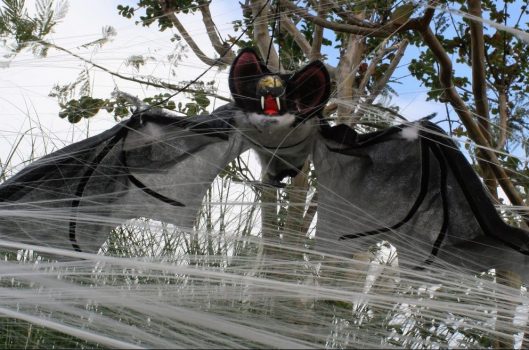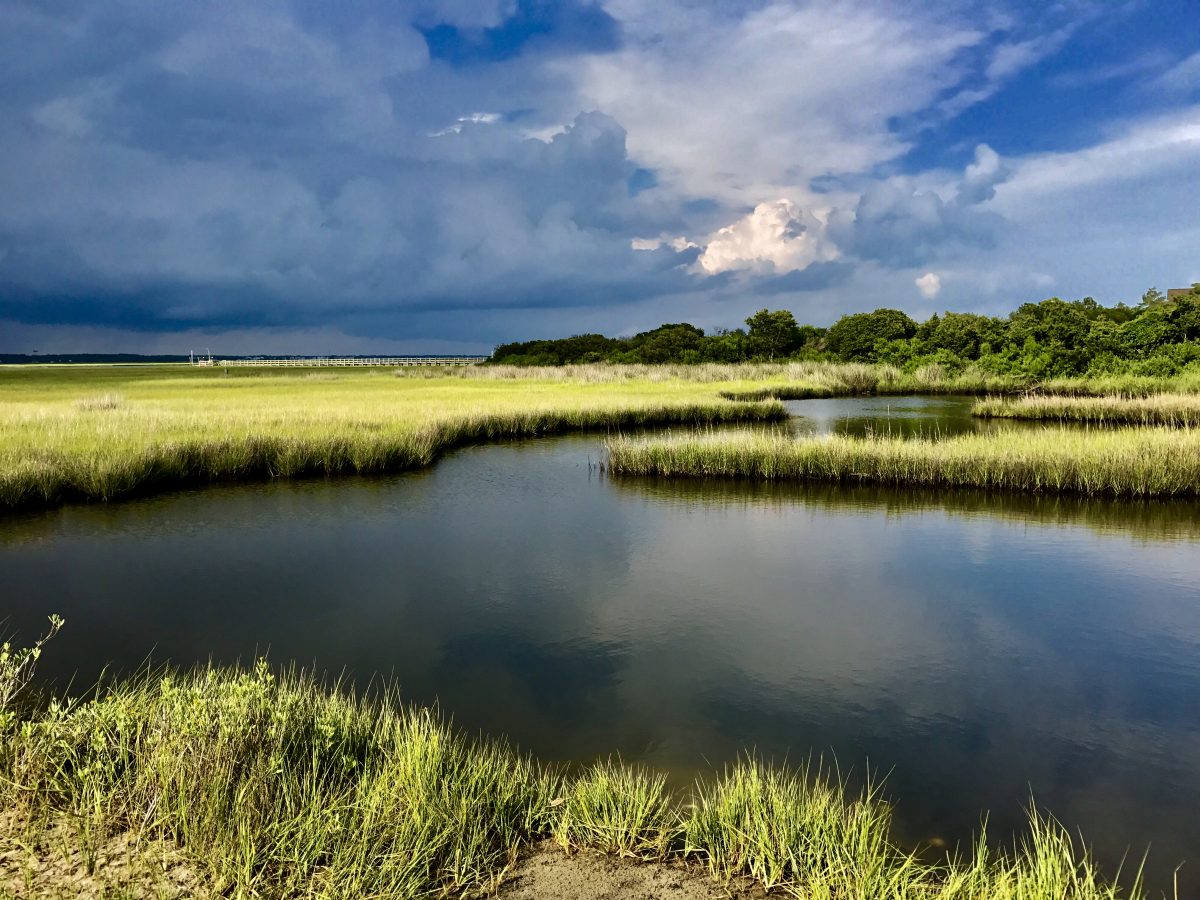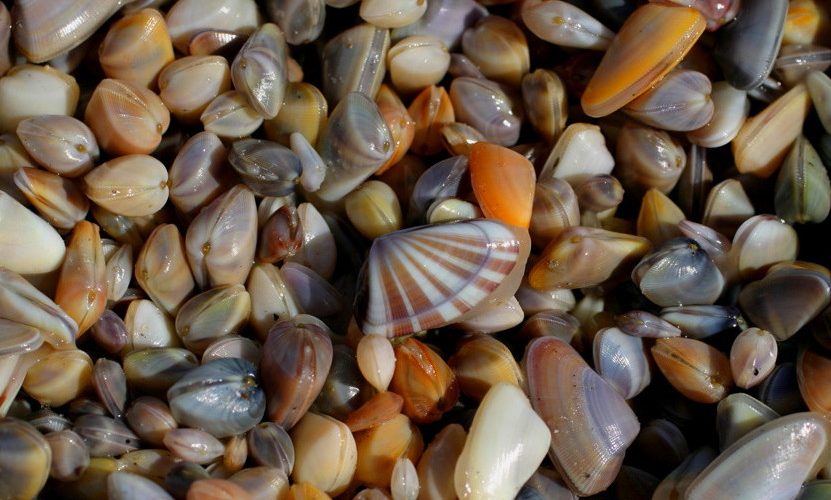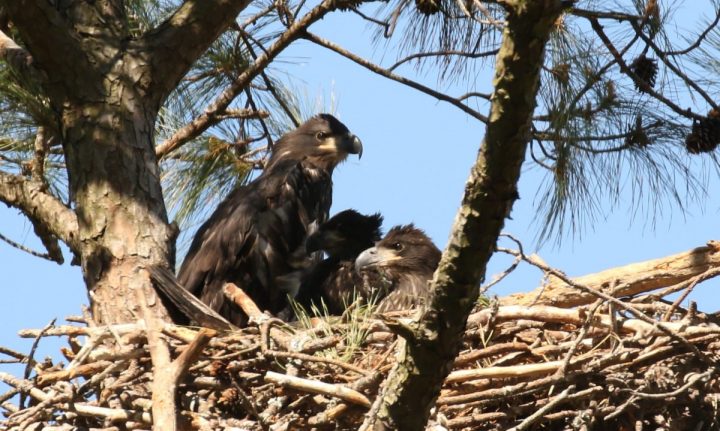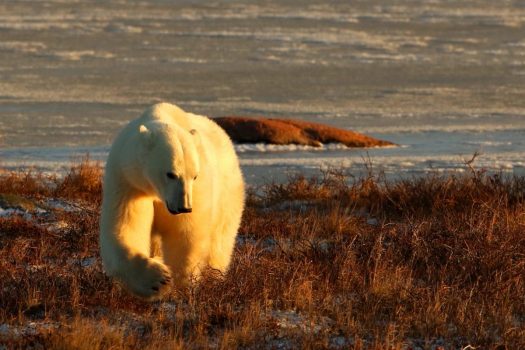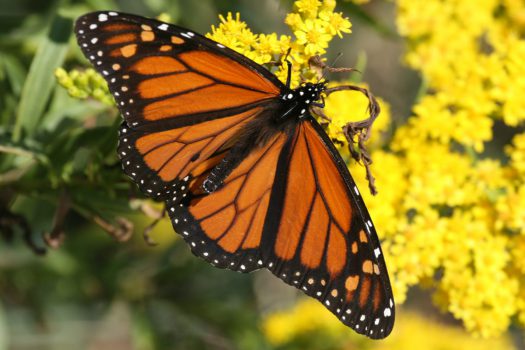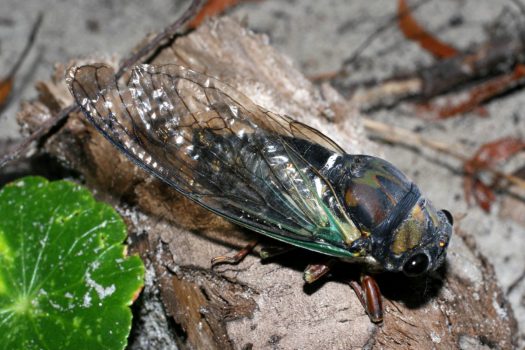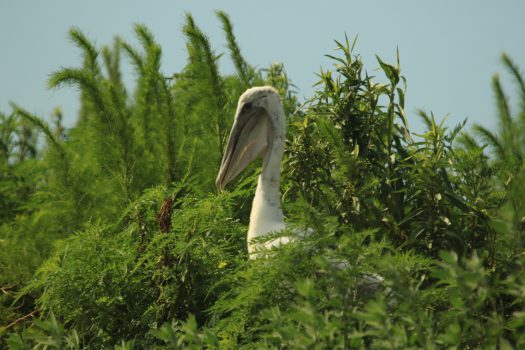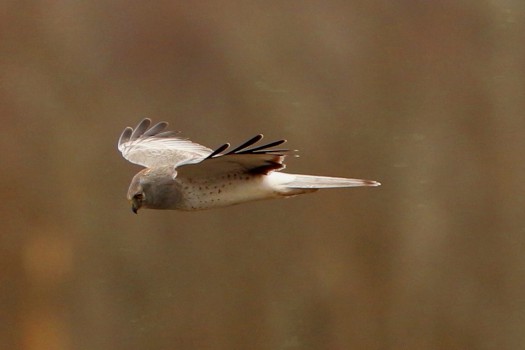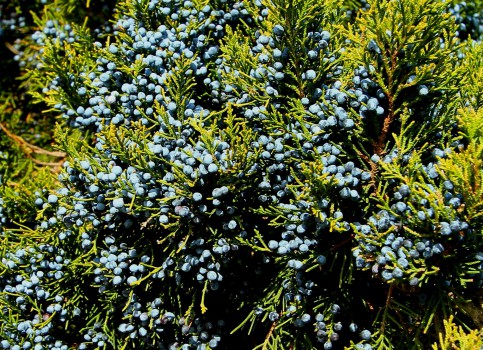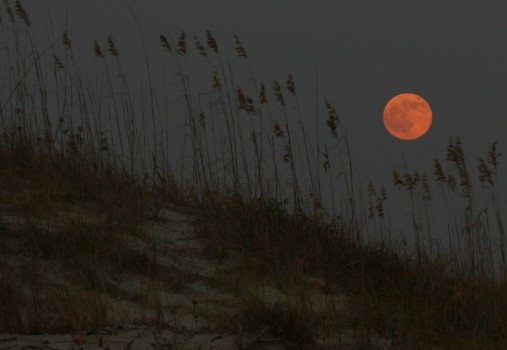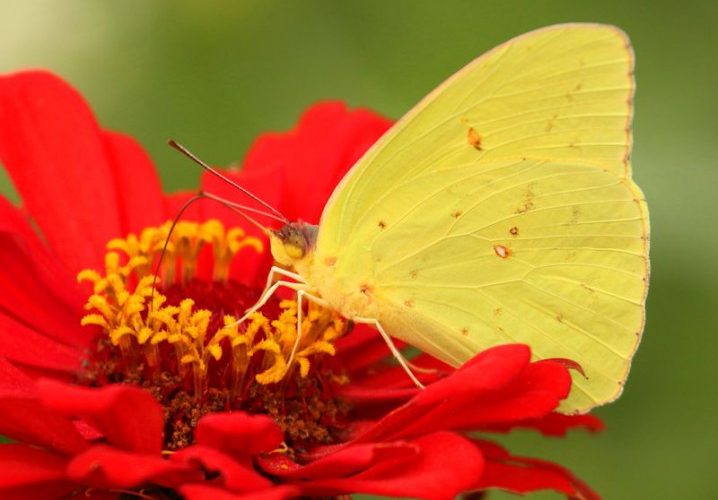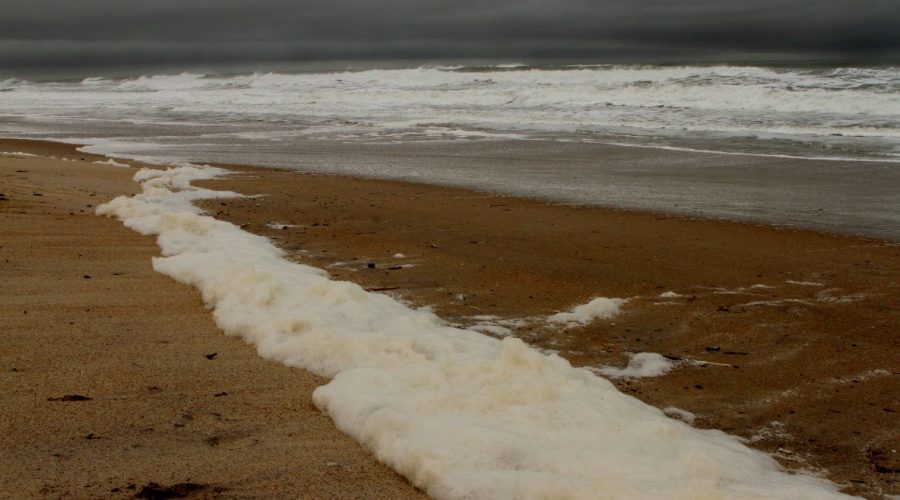Balloon releases at concerts, games, weddings and other events have … well, ballooned in popularity but, as Sam Bland explains, coastal wildlife often suffers when they’re sent skyward, whether intentionally or not.
Sam’s Field Notes
Sam’s Field Notes: Bats Get A Bum Rap
They’re the stuff of ghost stories and Halloween scares, but bats are not the blind, blood-sucking demons they’ve been made out to be. However, they are in trouble.
Sam’s Field Notes: National Estuaries Week
Our Sam Bland writes about the importance of estuaries in celebration of National Estuaries Week, Sept. 16-23, a time set aside to raise awareness and appreciation of our coastal natural heritage.
Sam’s Field Notes: Coquina Clams
Our naturalist, Sam Bland, recently enjoyed a late-afternoon walk on the beach in search of his favorite critters, the coquina clams, 1-inch, colorful, wedge-shaped mollusks found at water’s edge.
Sam’s Field Notes: Baby Bald Eagles
Our naturalist Sam Bland recently spent a day in a kayak near Oriental, watching as young bald eagles learned to spread their wings and fly.
Sam’s Field Notes: Diversity of Carolina Crabs
A crabby disposition may not be so great, but crab diversity on the North Carolina coast, which is home to a large number of different crustaceans, is a positive sign.
Sam’s Field Notes: The Polar Bear Connection
The effects of global warming are especially visible in the land of polar bears, as columnist Sam Bland recently witnessed, but how will the forces now affecting the arctic eventually change life on the North Carolina coast?
Sam’s Field Notes: The Monarch Migration
Monarch, the “king of butterflies,” have embarked on their marathon fall migration to Mexico, arriving just in time for the Day of the Dead, where they are regarded as the souls of the departed returning to earth.
Sam’s Field Notes: Dog-Day Cicadas
The mating calls of dog-day cicadas are one of nature’s familiar sounds of summer that, when they go silent, signal the changing of the seasons.
Sam’s Field Notes: Banding Baby Pelicans
Our naturalist, Sam Bland, takes you to New Dump Island in Core Sound on an expedition to band baby brown pelicans.
Sam’s Field Notes: Painted Buntings
Birdwatchers on the N.C. coast love this time of year because it brings the arrival of one of their favorites, the strikingly colorful painted bunting,
Sam’s Field Notes: The Northern Harrier
The northern harrier, also known as marsh hawk or gray ghost, is a distinctive coastal bird with a stealthy hunting style and, like the fighter jet that shares its name, an ability to hover and perform vertical takeoffs and landings.
Sam’s Field Notes: Eastern Red Cedar
The eastern red cedar, which thrives in dunes along the N.C. coast, has long been important to wildlife and man, and some native Americans consider it sacred.
Sam’s Field Notes: Coastal Thanksgiving
The tradition of showing appreciation for what we have seems most appropriate here on the coast where serenity, beauty and wonders of nature are abundant.
Sam’s Field Notes: Sure Signs of Fall
The little, yellow sulphur butterflies flitting about this time of year are sure signs that autumn is upon us. The fall equinox, marking the celestial start of fall, is Wednesday morning.
Sam’s Field Notes: Sea Foam
Ever wonder what creates those tufts of sea foam on the beach? Naturalist Sam Bland investigates that answer, and saves a couple shorebirds while he’s at it.


